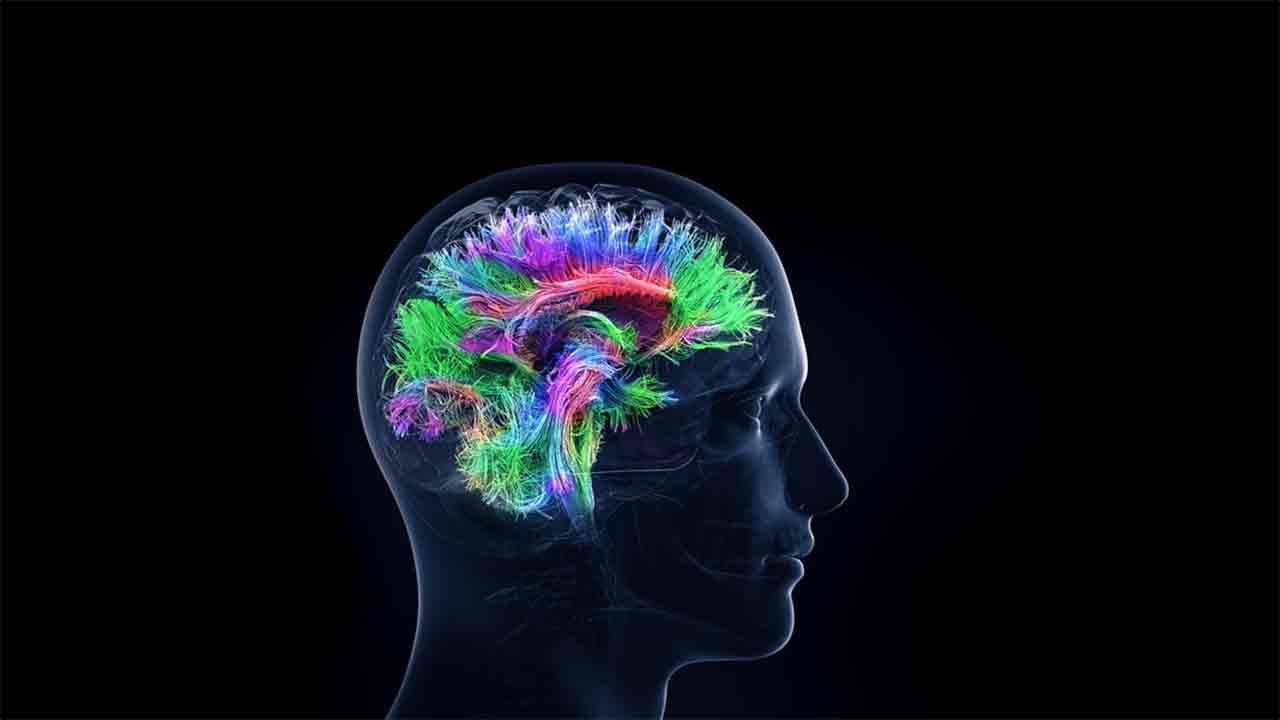The human brain, often described as the most complex organ in the known universe, has captivated scientists and philosophers for centuries. It holds the key to understanding our thoughts, emotions, and consciousness. Over the years, researchers have made remarkable progress in decoding the brain, unraveling its mysteries and shedding light on the intricate workings of neural networks. This article explores the exciting field of neuroscience and its efforts to gain insights into consciousness and neural networks.
Understanding Neural Networks:
Neural networks are the fundamental building blocks of the brain’s functionality. They consist of interconnected neurons, specialized cells that transmit electrical and chemical signals. By studying neural networks, researchers aim to comprehend how information flows through the brain and how it gives rise to cognition and consciousness.
Advances in Brain Imaging:
One crucial breakthrough in decoding the brain comes from the field of brain imaging. Techniques such as functional magnetic resonance imaging (fMRI) and electroencephalography (EEG) enable scientists to observe brain activity non-invasively. fMRI measures blood flow changes in the brain, providing insights into regional brain activity. EEG records electrical activity, allowing researchers to analyze brain wave patterns associated with different states of consciousness. These imaging techniques, combined with sophisticated data analysis, have revolutionized our understanding of the brain.
Mapping the Connectome:
Another significant effort in decoding the brain involves mapping its intricate neural connections, known as the connectome. The connectome represents the wiring diagram of the brain, revealing how different regions communicate and interact. Techniques like diffusion tensor imaging (DTI) and high-resolution microscopy have enabled researchers to trace neural pathways and create detailed connectome maps. These maps are instrumental in understanding how information is processed and integrated across the brain.
Neurological Disorders and Brain-Computer Interfaces:
Decoding the brain has profound implications for understanding and treating neurological disorders. By studying the brain’s neural networks, researchers have made significant strides in conditions such as Alzheimer’s disease, Parkinson’s disease, and epilepsy. Deciphering the neural mechanisms underlying these disorders can lead to targeted therapies and interventions.
Furthermore, decoding the brain has paved the way for the development of brain-computer interfaces (BCIs). BCIs establish a direct communication pathway between the brain and external devices, enabling individuals with paralysis or limb loss to control prosthetic limbs or communicate through thought alone. This emerging field holds promise for improving the quality of life for individuals with disabilities.
Theories of Consciousness:
Consciousness, the subjective experience of awareness and self, remains one of the most perplexing phenomena in neuroscience. Decoding the brain’s neural activity patterns associated with consciousness has given rise to various theories. The Integrated Information Theory (IIT), for instance, posits that consciousness emerges from the integration of information across the brain’s interconnected networks. Other theories propose that specific patterns of neural oscillations or synchronous activity contribute to conscious experience. While these theories provide valuable frameworks, the nature of consciousness continues to be a topic of intense debate and exploration.
Emerging Technologies and Artificial Intelligence:
Advancements in artificial intelligence (AI) and machine learning have also contributed to decoding the brain. AI algorithms can analyze vast amounts of brain imaging data, identify patterns, and make predictions about brain activity and cognitive processes. These models help bridge the gap between neural activity and observable behavior, offering insights into how the brain processes information.
Furthermore, researchers have employed AI techniques to develop models that simulate neural networks, known as artificial neural networks (ANNs). ANNs replicate the behavior of biological neural networks, allowing scientists to study their properties and simulate brain-like computations. These models have broad applications, ranging from understanding visual perception to advancing natural language processing.
Ethical Considerations:
As we delve deeper into decoding the brain, ethical considerations come to the forefront. The ability to manipulate neural activity raises questions about privacy, cognitive enhancement, and the potential misuse of this knowledge. Society must engage in thoughtful discourse to ensure that neuroscientific advancements are used responsibly and ethically, with a focus on benefiting humanity as a whole.
Decoding the brain and gaining insights into consciousness and neural networks is a captivating scientific endeavor with far-reaching implications. Through brain imaging, connectome mapping, and the study of neurological disorders, researchers are unraveling the brain’s complexities. Theories of consciousness offer frameworks for understanding subjective experience, while emerging technologies like BCIs and AI contribute to practical applications. As we continue to decode the brain, we must approach these advancements with careful consideration, aiming to unlock the brain’s mysteries while upholding ethical principles.








